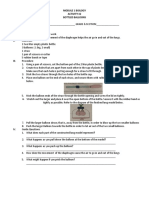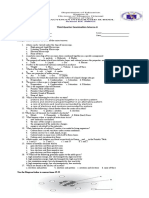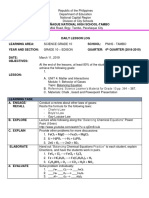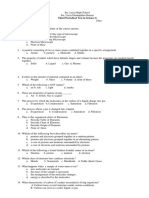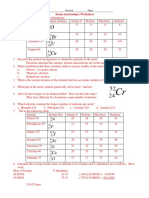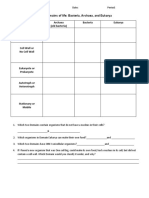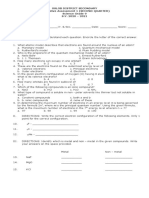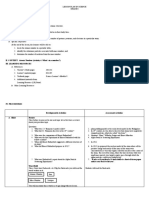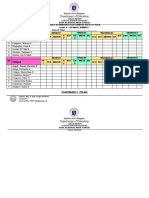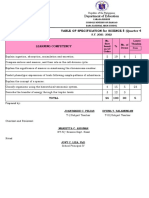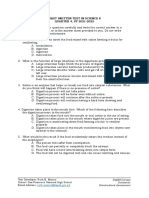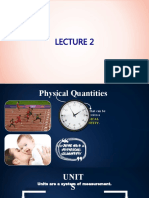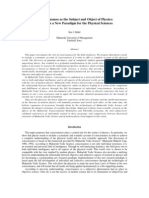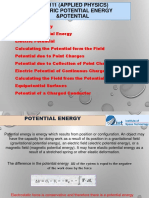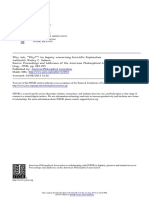0% found this document useful (0 votes)
1K views10 pagesUnified Learning Activity Sheets Science 8, Quarter 3, Weeks 5-6 The Subatomic Particles
las
Uploaded by
joan marie PeliasCopyright
© © All Rights Reserved
We take content rights seriously. If you suspect this is your content, claim it here.
Available Formats
Download as DOCX, PDF, TXT or read online on Scribd
0% found this document useful (0 votes)
1K views10 pagesUnified Learning Activity Sheets Science 8, Quarter 3, Weeks 5-6 The Subatomic Particles
las
Uploaded by
joan marie PeliasCopyright
© © All Rights Reserved
We take content rights seriously. If you suspect this is your content, claim it here.
Available Formats
Download as DOCX, PDF, TXT or read online on Scribd
/ 10






















